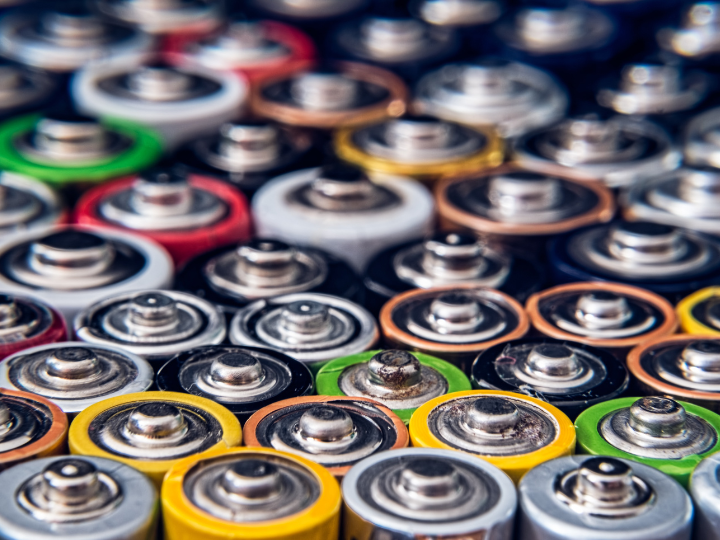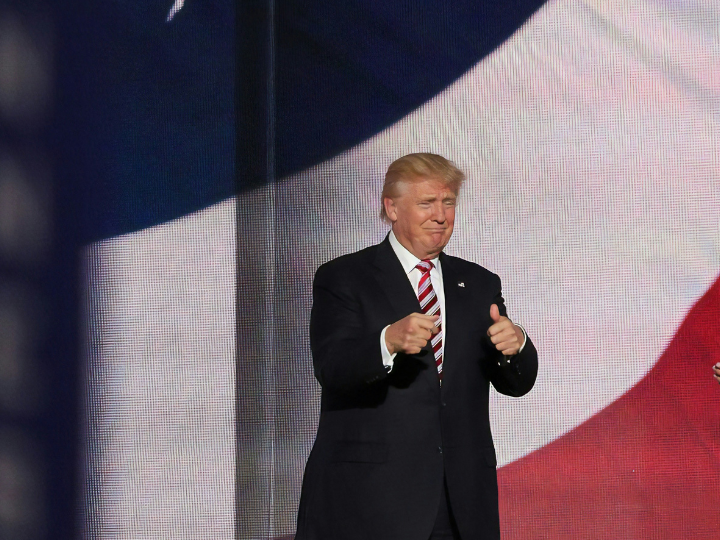by Kira Taylor
Ahead of a Commission proposal due in March, the Dutch laid out five priority areas for a “coherent” EU critical raw material strategy to ensure the transition to a green economy and decrease dependence on China.
For the European Union to transition out of fossil fuels, materials like cobalt, lithium, and rare earths are crucial to developing key technologies such as wind turbines, solar panels and batteries, but very few are sourced in Europe.
The term ‘critical raw materials’ refers to those which have a high importance to the EU economy and have a high risk associated with their supply. There is an increasing focus on securing these, with the EU executive expected to table a proposal on this in the spring.
To reduce dependence on third countries and ensure supply chains are as resilient as possible, the Dutch are calling for the EU’s upcoming proposal to focus on five areas to cover the supply of materials within the European Union bloc and its global supply chains.
“Increasingly, control over critical raw materials can also be used as a geopolitical weapon in addition to economic influence,” said Dutch Economy and Climate Minister Micky Adriaansens.
In their non-paper circulated last week, the Dutch call for building up the EU’s domestic production capacity, including through sustainable mining and increasing refining capacity within the EU.
To do this, the bloc needs to build up a picture of the potential critical materials found in the EU and where they can be processed, as well as the projects that could take advantage of these.
The EU can also support a domestic supply of critical raw materials through increasing circularity in the sector, including reducing the amount of material used, reusing and repairing products, and recycling.
“Although circularity cannot solve scarcity and access to raw materials, it is a very important part of this overall action plan,” the paper reads.
Innovation is also necessary for substituting critical materials with those with less precarious value chains, it adds.
Looking towards forming new partnerships, including with countries in Latin America and Africa, to strengthen the resilience of the EU’s supply chain is also key according to the Dutch. These relationships should “be effective and future-proof”, said Adriaansens.
At the moment, the EU is heavily dependent on China for many critical raw materials, but “having a diverse range of suppliers is a crucial part of increasing the resilience of the EU economy,” according to the Dutch paper.
The European Commission is already exploring a Critical Raw Materials Club to bring together consumers and resource-rich countries and ensure “global security of supply through a competitive and diversified industrial base”.
The EU should also ensure that its critical raw materials supply chain is sustainable and does not contribute to human rights violations. This should include promoting environmental, social and governance standards and responsible business policies, the Dutch paper says.
“Responsible and sustainable global production, refining and trade are prerequisites to achieve a reliable market, sufficient investment and – ultimately – security of supply for the EU,” it continues.
The paper also suggests that the EU carefully monitor which critical raw materials are strategic and where the potential risks are, including tracking the priority materials for different EU countries.
The Dutch non-paper closely aligns with the Critical Raw Materials Act, due to be published in spring as part of the EU drive to bring back the mining industry, diversify supply chains, and rely less on China, currently the bloc’s biggest supplier of critical raw materials.
*first published in: Euractiv.com




 By: N. Peter Kramer
By: N. Peter Kramer
